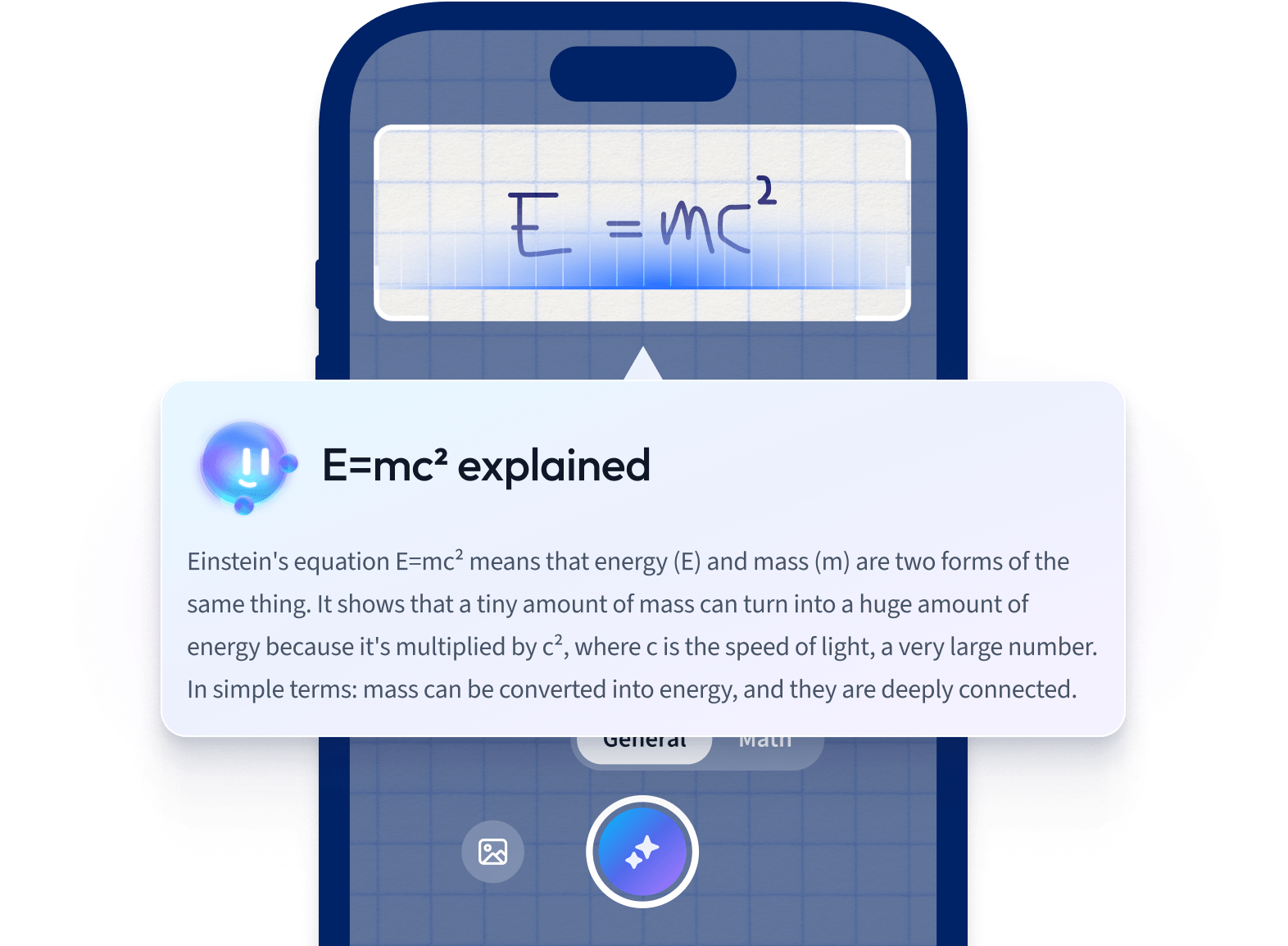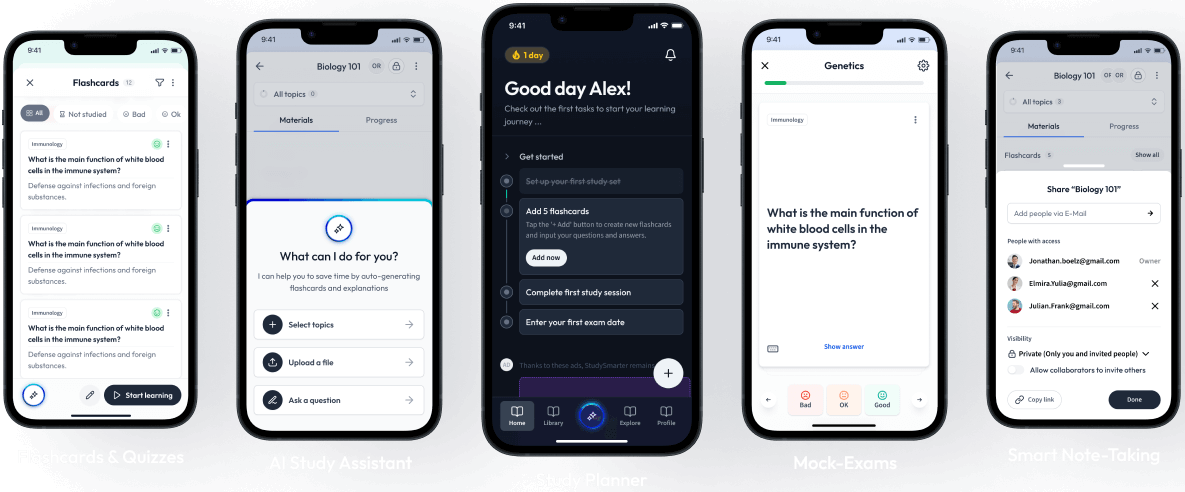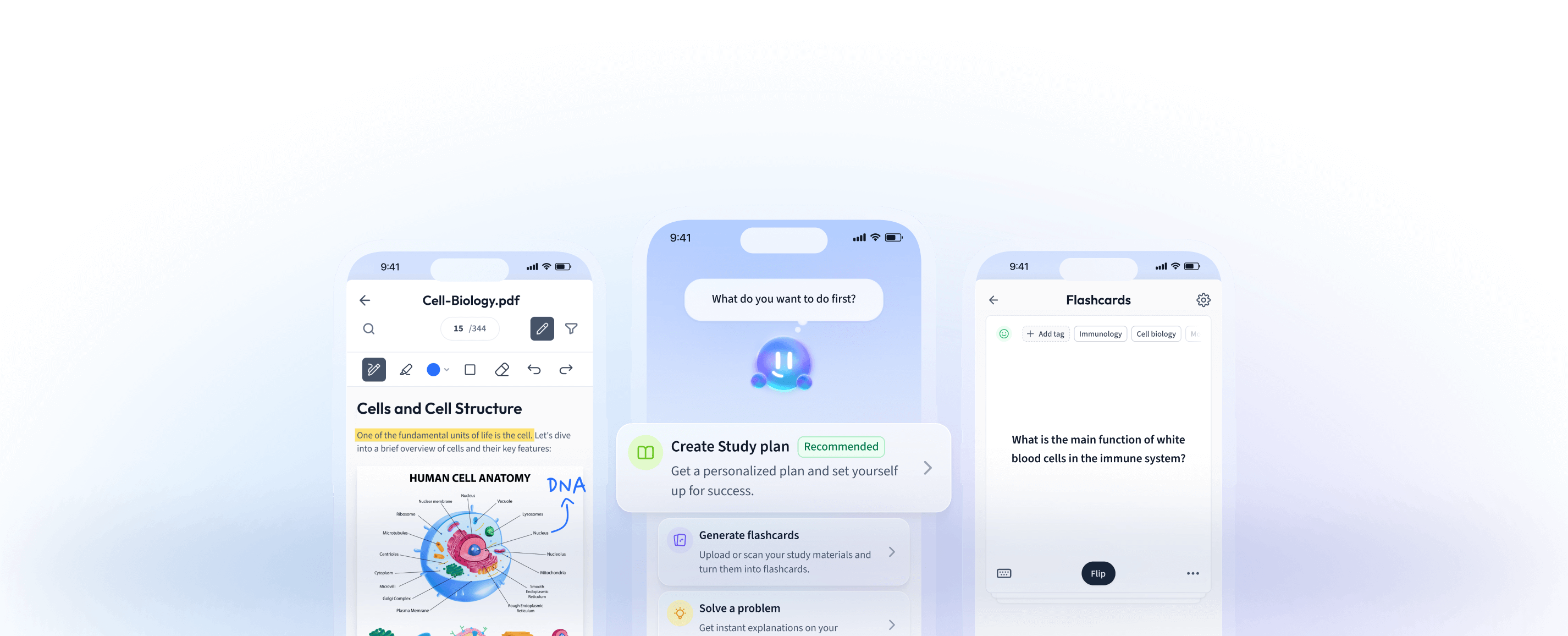Structure of monosaccharides
As explained in the article on carbohydrates, monosaccharides are organic molecules composed of carbon, hydrogen and oxygen atoms. They can be shown in their linear or ring structure. Have a look at figures 1 and 2, which show the two structures of the same molecule.
 Fig. 1 - Linear structure of monosaccharide glucose
Fig. 1 - Linear structure of monosaccharide glucose
 Fig. 2 - Ring structure of monosaccharide glucose
Fig. 2 - Ring structure of monosaccharide glucose
Types of monosaccharides
Monosaccharides are categorised according to how many atoms of carbon they contain. These are the three most common types:
Trioses (3 Carbon atoms) are important in cellular respiration.
Pentoses (5 Carbon atoms), for example, ribose in RNA and deoxyribose in DNA.
Hexoses (6 Carbon atoms), like glucose, fructose, and galactose.
Figure 3 shows you the difference between trioses, pentoses, and hexoses. Notice how the linear structure gets lengthens as more carbon atoms are added.
 Fig. 3 - Examples of triose, pentose, and hexose sugars. Observe the carbon backbone
Fig. 3 - Examples of triose, pentose, and hexose sugars. Observe the carbon backbone
Examples of monosaccharides
You will come across three monosaccharides classed as the most important in nutrition: glucose, galactose, and fructose. However, these are not the only ones. Deoxyribose and ribose are of great importance too, being the bases of DNA and RNA.
Glucose
Glucose is the most common monosaccharide. Along with oxygen, it is the product of photosynthesis. It is an important energy source for both animals and plants.
The molecular formula for glucose:
This tells you that it has 6 carbon atoms, meaning glucose is a hexose.
Glucose has two isomers: α-glucose (alpha-glucose) and β-glucose (beta-glucose). They have the same molecular formula. However, they differ in structure. There is a slight difference in the arrangement of atoms in the molecule. Notice the position of the far-right hydrogen atom (H) and the hydroxyl group (OH) in figure 4.
 Fig. 4 - Ring structures of α-glucose and β-glucose
Fig. 4 - Ring structures of α-glucose and β-glucose
Galactose and fructose
Galactose is found in milk, while fructose is found in fruit. They are similar to glucose in that all three share the same formula: However, similar to α-glucose and β-glucose, they differ in structure. In figure 5, notice how atoms and groups are arranged in all three sugars.
 Fig. 5 -The linear form of the structures of glucose, galactose, and fructose
Fig. 5 -The linear form of the structures of glucose, galactose, and fructose
Deoxyribose and ribose
Another two very important monosaccharides are deoxyribose and ribose. They are found in DNA and RNA respectively, where they are bases of nucleotides, which carry genetic material.
Both deoxyribose and ribose are pentoses, meaning they consist of 5 carbon atoms. The formula for deoxyribose is and ribose is . Notice the arrangement of the atoms in figure 6.
 Fig. 6 - The ring structures of ribose and deoxyribose
Fig. 6 - The ring structures of ribose and deoxyribose
Monosaccharides form disaccharides and polysaccharides
Monosaccharides are joined together in a process called condensation. The condensation reaction of certain monosaccharides results in the formation of disaccharides and polysaccharides. In disaccharides, two monosaccharides are bonded, while in polysaccharides, there are many (poly- stands for ‘many’).
A condensation reaction between two monosaccharides forms a covalent, glycosidic bond. There are different types of glycosidic bonds that form between monosaccharides. Depending on the placement of the bonds, there are, for example, 1,4-glycosidic bonds that form on the 1st carbon atom of one and the 4th carbon atom of the other monosaccharide. You will come across 1,6-glycosidic bonds in polysaccharides as well, where branches are formed in the chains.
Remember that there are two different glucose isomers: α-glucose and β-glucose. Depending on which isomer forms a certain disaccharide or polysaccharide, these bonds can be written as α-1,4-glycosidic bonds or β-1,4-glycosidic bonds. The same goes for 1,6 bonds.
You may notice that we have used certain next to monosaccharides instead of all monosaccharides in the text above. This is because deoxyribose and ribose do not attach to one another to form disaccharides and polysaccharides, even though they are monosaccharides. Instead, they are the sugar bases of nucleotides, monomers of DNA and RNA. During the condensation reaction of nucleotides to the 3’ carbon atom on deoxyribose or ribose, a phosphate group is attached and two nucleotides are joined together. You can learn more about this in the article on nucleic acids.
Disaccharides and polysaccharides can be broken down into monosaccharides during hydrolysis. This is a reaction in which water molecules are added and the glycosidic bonds between monosaccharides are broken. This results in the breaking down of disaccharides and polysaccharides.
Monosaccharides - Key takeaways
Monosaccharides are simple carbohydrates composed of one molecule of sugar and are the building blocks (monomers) of larger molecules of carbohydrates: polysaccharides (polymers).
Monosaccharides are categorised according to how many atoms of carbon they contain: trioses (3 carbon atoms), pentoses (5 carbon atoms), for example, ribose in RNA and deoxyribose in DNA, and hexoses (6 carbon atoms), like glucose, fructose, and galactose.
Glucose is the most common monosaccharide. It has two isomers: α-glucose (alpha-glucose) and β-glucose (beta-glucose). They have the same molecular formula C6H12O6. However, they differ in the arrangement of atoms in the molecule: the position of the far-right hydrogen atom (H) and the hydroxyl group (OH).
Another two very important monosaccharides are deoxyribose and ribose. They are found in DNA and RNA.
Monosaccharides join together in a process called condensation. The covalent glycosidic bond forms between monosaccharides, with molecules of water removed.
How we ensure our content is accurate and trustworthy?
At StudySmarter, we have created a learning platform that serves millions of students. Meet
the people who work hard to deliver fact based content as well as making sure it is verified.
Content Creation Process:
Lily Hulatt is a Digital Content Specialist with over three years of experience in content strategy and curriculum design. She gained her PhD in English Literature from Durham University in 2022, taught in Durham University’s English Studies Department, and has contributed to a number of publications. Lily specialises in English Literature, English Language, History, and Philosophy.
Get to know Lily
Content Quality Monitored by:
Gabriel Freitas is an AI Engineer with a solid experience in software development, machine learning algorithms, and generative AI, including large language models’ (LLMs) applications. Graduated in Electrical Engineering at the University of São Paulo, he is currently pursuing an MSc in Computer Engineering at the University of Campinas, specializing in machine learning topics. Gabriel has a strong background in software engineering and has worked on projects involving computer vision, embedded AI, and LLM applications.
Get to know Gabriel

















